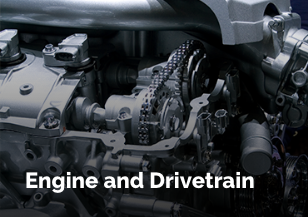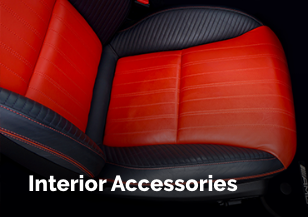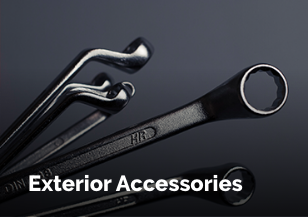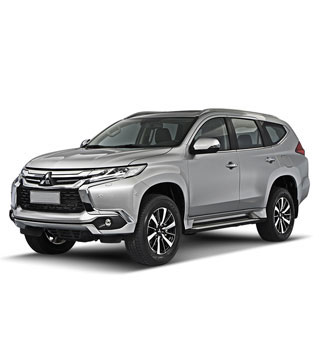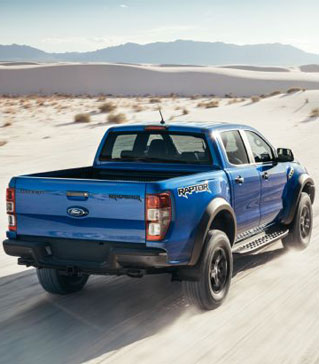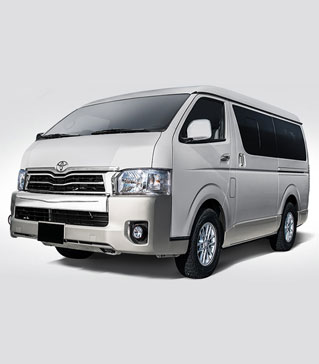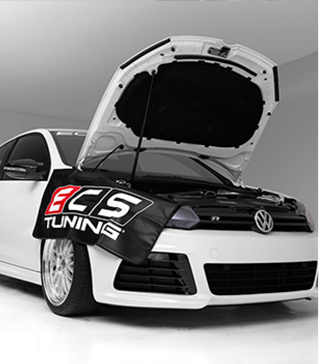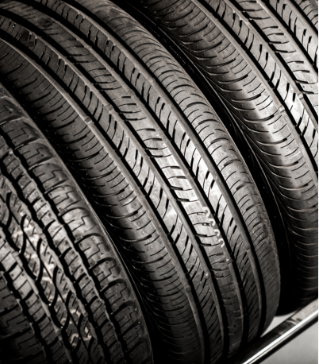Your car's basic maintenance

How do you maintain your car?
Finally having the freedom and ability to drive your own vehicle is great, but, breaking down on the side of the road and potentially having to spend a lot of money on car repairs? Not so great. One way to avoid costly repairs is to focus on proper vehicle maintenance. Here are a couple basic steps to follow that will make your life as a car owner easier.
a. Persuing your driver's manual is perhaps the easiest way to stay informed about your vehicle. All new cars come with this handy booklet, which contains information on all the features and operating parts of your car as well as proper maintenance tips (including the recommended type of oil, tire pressure, and more).
b. Keeping your car well-maintained isn't necessarily rocket science. There are a few key inspections that you can do yourself to make sure your car is operating in good shape. Checking things like fluid levels (e.g., oil and coolant) and tire pressure can ensure the good condition (and mileage) of your car. Additionally, keeping tabs on the condition of basic equipment such as windshield wipers, tires, and headlights can mean a world of difference when it comes to driver safety. These small inspections take a short amount of time and go a long way towards keeping you safe.
c. Pay attention to the service recommendations from your car's manufacturer. Usually, you will have to bring your car in for routine service every 30,000 miles in addition to regular oil changes and other checks. Follow the advice that you find in your driver manual - it gives you everything you need to know to keep up with maintenance. Your mechanic should check the condition of the air filter, brakes, belts, spark plugs, and fluids at regular intervals. Many send out reminders when it comes close to the time for new inspections,but don't rely on this too much. If you're still unsure of what needs to be maintained, the Internet is a powerful resource that can give you all the info you need to know about your vehicle.
Remember, even a well-equipped car can break down in certain circumstances. Be sure to keep the following in your vehicle in case of emergency:
A properly inflated spare tire and jack
Flares or reflective devices to alert other drivers of a breakdown
A flashlight
A tool kit (can be travel size)
Jumper cables
A first-aid kit
An empty fuel container (Never carry extra fuel in your vehicle. It is extremely hazardous)
